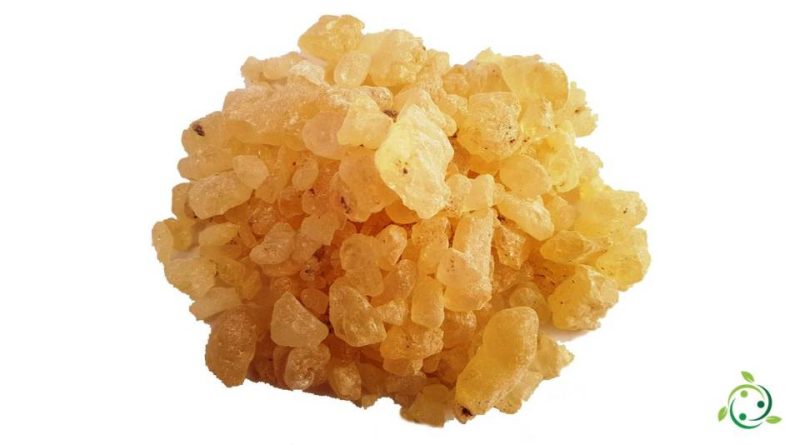Damar resin
Damar resin
The dammar or damar resin (which in Malay literally means “resin torch” and can be translated into “the light”) is a resin of vegetable origin, obtained from some plants and is the solidified exudation of some plants of the Dipterocarpaceae family present in India, East Asia up to New Zealand, mainly those of the genera Shorea, Balanocarpus, or Hopea.
Production –
Most damar resin is produced by carving the bark of trees, exuding the resin which will then be marketed in the form of ready-made paint or in so-called tears. However, it is also found in fossil form in the soil. Dammar gum comes in pale ivory-yellow granules, easily brittle and with a pleasant smell while the fossil form is gray-brown in color.
There are many qualities of this resin on the market but the best is the one with a clear-transparent color.
Uses –
Damar resin is used in the field of restoration and art; it is notoriously used in the manufacture of final varnishes to protect paintings, mixing it with turpentine essence, crude linseed oil, etc.
Damar resin is used, as well as for various medical and industrial uses, it is traditionally used to protect and purify.
When placed on a disc of lit charcoal, the fragrance is delicate, light, fresh, sweet and fruity and acts as a fragrance that illuminates the environment.
Furthermore, in herbal medicine, according to the traditional medicine of the areas of origin, it is used for:
– act on the mood by dispersing gloom and melancholy;
– bring inspiration;
– clarify thoughts;
– release stifled emotions;
– to favor the transmutation of what needs to be transformed.

